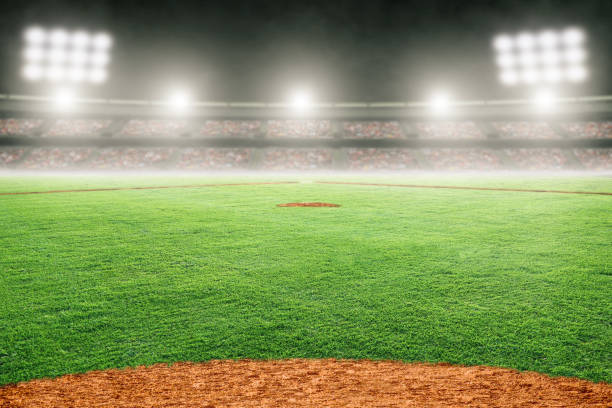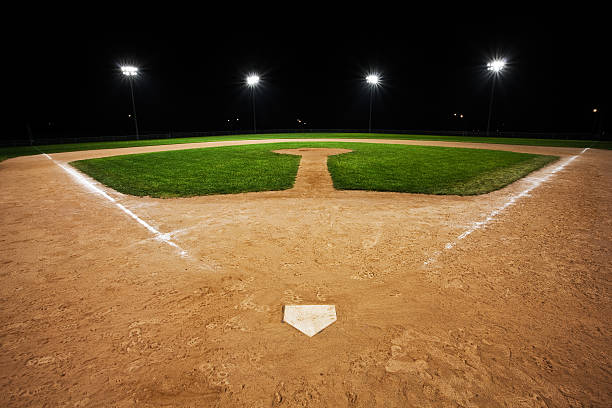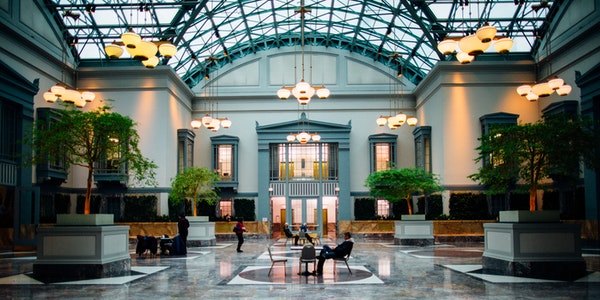Overcoming Challenges and Enhancing Sports Facilities with LED Sport Lights
Facility managers of schools, municipalities, and sports clubs encounter numerous obstacles such as managing multiple properties, operating on limited budgets, and struggling to allocate sufficient time for each task.
Though LED sport lights may not be a panacea for all their problems, they can significantly enhance sports facilities, reduce energy consumption and expenses, and considerably save time and resources in maintenance. Here are a few examples of organizations that have recently upgraded their sports field, stadium, or court lighting.
LED Sports Lighting Projects Cases
Here are a few examples of LED sports lighting projects that have been implemented in recent years:
- City of Tulsa, Oklahoma: The City of Tulsa replaced the lighting at nine sports fields with LED lights, resulting in an estimated energy savings of $14,000 per year. The project cost $500,000 but was partially funded by a rebate from the local utility company.
- Oakland University, Michigan: Oakland University upgraded their athletic fields with energy-efficient LED lights, reducing energy consumption by up to 70% and improving lighting quality for athletes and spectators.
- State Farm Stadium, Arizona: State Farm Stadium, home of the Arizona Cardinals NFL team, installed an LED lighting system in 2019, becoming the first NFL stadium to do so. The new lighting system provides better visibility for players and fans, consumes 75% less energy, and has a lifespan of up to 25 years.
- Westwood High School, Massachusetts: Westwood High School upgraded their football field with energy-efficient LED lights, reducing energy consumption by 50% and improving lighting quality for athletes and spectators.
These are just a few examples of LED sports lighting projects that have been implemented in recent years. LED technology continues to advance, and more organizations are expected to undertake LED sports lighting projects in the coming years to enhance their facilities, reduce operating costs, and improve sustainability.
The Importance of Color Rendering Index (CRI)
The Color Rendering Index (CRI) measures a light source’s ability to accurately depict object colors compared to natural light. LEDs typically have a CRI score of over 70, whereas High-Pressure Sodium (HPS) scores less than 30.
Higher CRI scores in LED lighting improve visibility on the playing field, making everything appear sharper and brighter. This enhances the player’s experience, as they can see the ball better, and the fans in the stands can see the game better. LED lights reproduce colors more accurately and do not distort them.
LED sports field lighting has many advantages, one of which is the ability to instantly turn them on and off, as well as dimming them to a desired brightness level.
Consider these two scenarios: Scenario 1: Your sports field is illuminated by 1,000 watt metal halide lamps. A high school football game is scheduled for a Friday night in early fall, and the sun won’t set until the second quarter. To warm up the HID lamps fully, you’ll need to turn them on well before the game starts, and they will remain at full power even when it’s still daylight.
Scenario 2: Same situation as above, but this time you have LED lighting that requires no warm-up time, so you don’t need to turn on the lights until game time. Once they are on, you can program them to gradually brighten as the sky darkens, saving energy.
The clear choice is LED lighting, which not only consumes less energy, lasts longer than metal halide lights, but also allows for more precise control over lighting levels, reducing energy consumption further.
Why LED is a Better Option for Sports Field Lighting
Facility managers often worry about the continuous maintenance costs associated with their current metal halide or high-pressure sodium lighting. The need to replace old field lights with LED becomes a significant reason to rid themselves of this maintenance burden, given their lifespan of around 20,000 hours, which is much less in some cases.
However, let’s examine the behavior of metal halide lights during their lifetime. Lumen degradation of metal halide is significant and rapid, and it’s common for them to lose half of their initial lumens within the first 7,500 hours of their life, which is also known as their half-life. As a result, the lighting on the field is dim even though the lights are still on, and they need to be replaced. This makes maintaining sports field lighting both a hassle and expensive since these fixtures are often mounted as high as 100 feet, requiring costly equipment and manpower to replace.
Calculating Your Savings with LED Sports Field Lighting
LED lights provide a significant decrease in energy consumption, and we’ve put together actual figures to assist you in determining if LEDs are the best option for you.
Let’s assume you have 32 fixtures on a small football or soccer field, which you operate for six hours per day, 100 days per year. Your electricity cost is .12 kw/h. The savings for these lights would amount to $5,100.00 per year. Naturally, if you use your lights for more hours or have a higher electricity cost, your savings would increase correspondingly. For a more precise estimate of your savings and return on investment, please visit our homepage.
Conclusion
LED lights are gaining popularity in the sports industry, and it’s no longer just professional sports teams that can benefit from their advantages. If you’re still unsure about making the switch, we invite you to explore more articles and topics related to sports lighting here.


